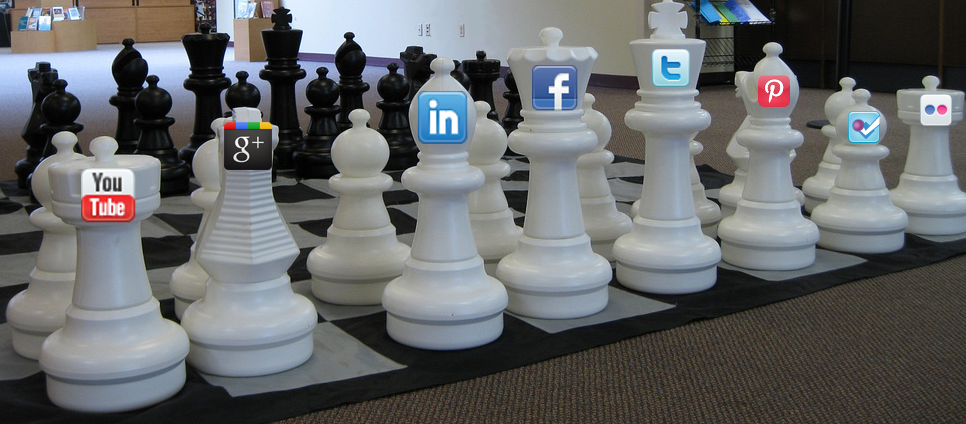Over the last couple of weeks, I have been exploring Sparked to find bite sized volunteering projects for when I have downtime. Luckily for me, there are many nonprofits there asking questions about social media and communications, but it’s disappointing to see so many focused on poorly chosen goals and metrics.
Most of the social media and communications requests posted are on topics like, “How can I get more likes for my Facebook page?” and “How can I get more followers on Twitter”. My default response is to ask about their larger communications and/or organizational goals and how more likes or followers will help them get there. The responses that I get back are often that they don’t have a goal, that likes and followers are their only goal, or that they are on social media because a board member told them that they had to be.
I know that nonprofits are not alone in not quite knowing the right ways to use social media towards their goals, as businesses are struggling as well. Small organisations are often frustrated by a lack of progress and want to (re)gain ground as quickly as possible. However, moving ahead without strategy or planning rarely, if ever, leads to true success. Yes, you may get 10,000 likes on Facebook, but if you don’t do anything with them, or don’t know what to do with them, then how are they helping you? Or, as the title of this post more bluntly asks, “What’s the point?”

 When I started working in nonprofit communications, I quickly became a complete nerd for the statistics and data related to my social media and web activities. As my time (and that of other nonprofit staff) is always scarce and precious, I always wanted to be sure that my website updates, status changes, and tweets weren’t just floating away in the wind – I wanted to be sure that my activities were having a direct impact for our organization.
When I started working in nonprofit communications, I quickly became a complete nerd for the statistics and data related to my social media and web activities. As my time (and that of other nonprofit staff) is always scarce and precious, I always wanted to be sure that my website updates, status changes, and tweets weren’t just floating away in the wind – I wanted to be sure that my activities were having a direct impact for our organization.